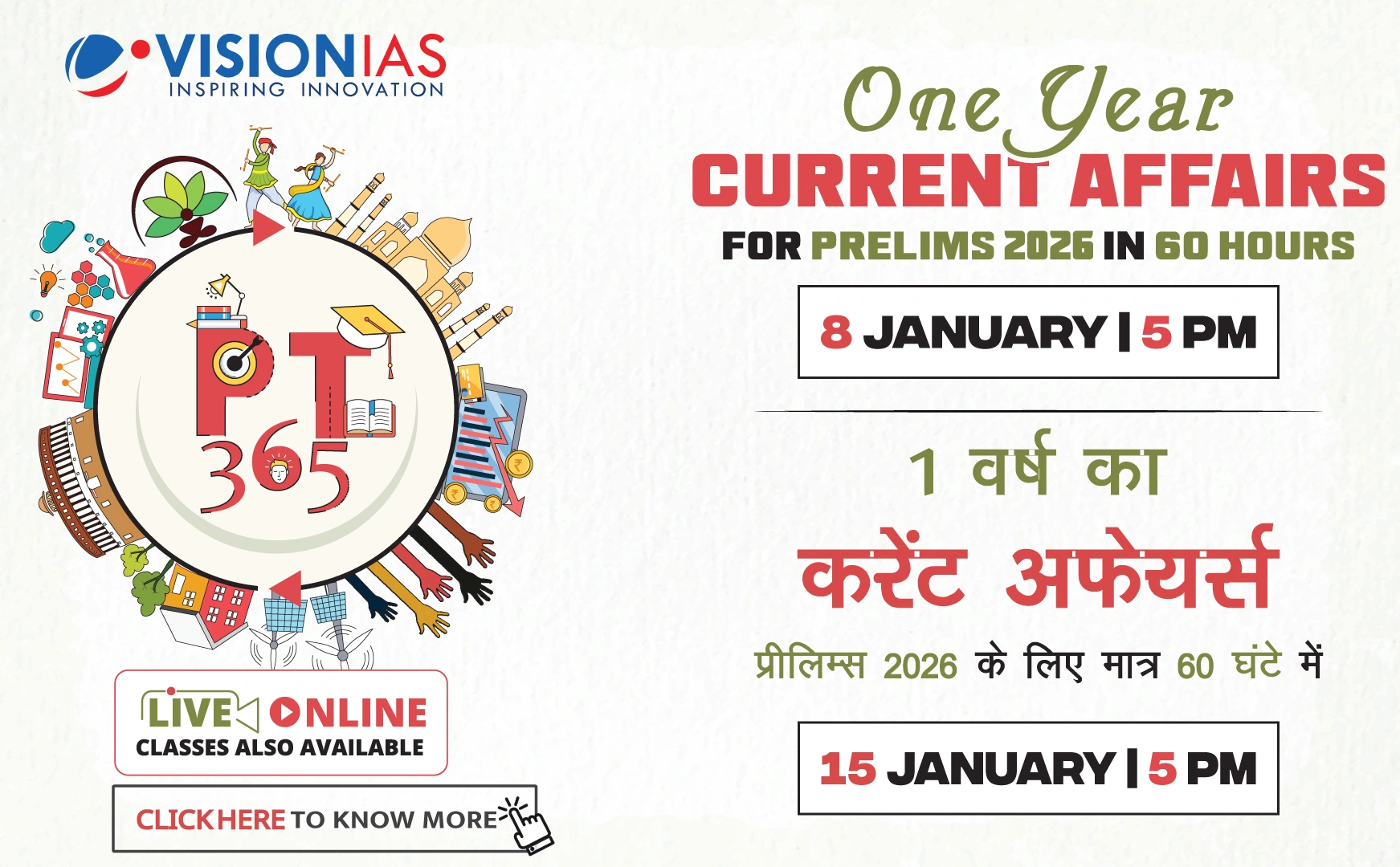Household Income Survey, 2026: Overview and Challenges
The upcoming Household Income Survey, 2026, marks a significant step in understanding Indian households' financial dynamics, aiming to provide a clearer picture of how households are coping, changing, and moving towards the future. However, the survey faces challenges due to the sensitive nature of income-related questions that respondents may find intrusive.
Current Limitations in Household Income Data
- Existing surveys like the Periodic Labour Force Survey focus on labor market dynamics but lack detailed household insights.
- The Household Consumption Expenditure Survey (HCES) infers income from spending patterns, which may not always be reliable.
- The RBI’s Consumer Confidence Survey tracks income trends among urban and rural consumers but lacks detailed income characteristics.
Objectives of the Survey
- Collect detailed income data to understand its interaction with household characteristics.
- Gather information on social group, religion, occupation, land ownership, property details, and loans.
- Record detailed income sources, including regular salaries, casual worker wages, and self-employment earnings.
Income and Class Dynamics
- Identify class dynamics across employment types and social groups.
- Analyze the proportion of household income allocated to loan repayments.
- Evaluate claims like “doubling farmers’ income” and assess government schemes.
Expanded Income and Cost Measurements
- Include questions from HCES to measure both income and spending patterns.
- For farmers, record input costs such as seeds, labor, and transport.
- For self-employed sectors, detail raw material costs and repair expenses.
- Collect data on pension payments, family support transfers, and remittances.
- Include funds received from specific State and Union government schemes.
Challenges and Solutions
- Initial pilot testing indicated discomfort with disclosing income, with 95% of respondents finding the questions sensitive.
- The survey team plans to increase public awareness and deploy field staff familiar with local languages.
- Consider introducing a self-compilation system for affluent communities to ensure accurate data collection.
Overall, the Household Income Survey, 2026, aims to provide comprehensive insights into income distribution and its implications, despite the challenges of sensitive data collection.



